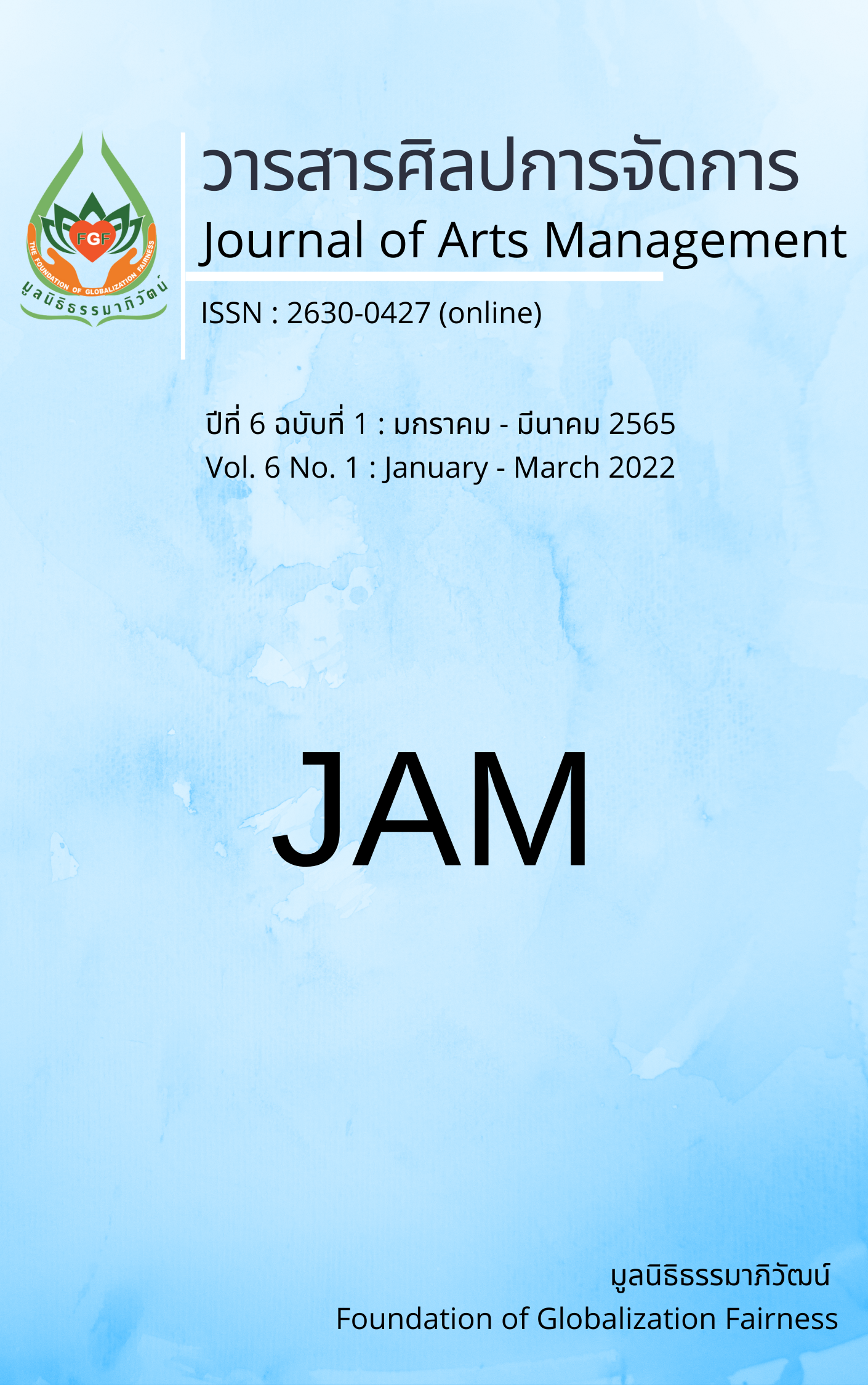Development of a Learning Management Model for Enhancing Intuitive Thinking Ability of Nursing Students
Main Article Content
Abstract
This article aimed to 1) study the thinking ability of nursing students; 2) develop a learning model to enhance intuitive thinking ability of nursing students; and 3) study the effectiveness of the learning management model for enhancing intuitive thinking ability of nursing students. There were three research and development phases: (1) the study of intuitive thinking ability for nursing students; (2) the development of a learning management model to enhance the intuitive thinking ability of nursing students; and (3) the evaluation of the effectiveness of a learning management model. The sample consisted of 24 nursing students in their third year at the Faculty of Nursing at Srinakharinwirot University, selected by cluster sampling.
The results showed the intuitive thinking ability of nursing students, which means that students report problems, risks, and share perceptions of the patient's thoughts and emotions. Link to support information Give reasons for problem and risk analysis. Plan the nursing care of the patient, covering the body and mind. The intuitive thinking abilities of nursing students had two components: critical thinking and empathy. The developed learning management model had four steps: (1) Situation (S); (2) Consideration (C); (3) Conceptualization (C); and (4) Application (A). The effectiveness of the learning management model were as follows: (1) the mean score of intuitive thinking ability by self-assessment among nursing students after the learning model was higher and with a statistically significant increase of .05; (2) the mean scores of intuitive thinking ability were assessed by instructors after the learning model was at Level Three of intuitive thinking ability; and (3) the mean scores of intuitive thinking ability of nursing students were assessed by instructors in each phase, and with a statistically significant increase of .05.
Article Details

This work is licensed under a Creative Commons Attribution-NonCommercial-NoDerivatives 4.0 International License.
Views and opinions appearing in articles in the Journal of Arts of Management It is the responsibility of the author of the article. and does not constitute the view and responsibility of the editorial team I agree that the article is copyright of the Arts and Management Journal.
References
Baylor, A. L. (1997). A three-component conception of intuition: Immediacy, sensing relationships, and reason. New Ideas in Psychology, 15(2), 185-194. https://doi.org/10.1016/S0732-118X(97)00016-0
Beck, C. (1998). Intuition in nursing practice: Sharing graduate students' exemplars with undergraduate students. The Journal of Nursing Education, 37(4), 169-172.
Benner, P., & Tanner, C. (1987). How expert nurses use intuition. The American Journal of Nursing, 87(1), 23-34. https://doi.org/10.2307/3470396
Cert, P. E., & Wilcockson, J. (1996). Intuition and rational decision-making in professional thinking: a false dichotomy?. The Journal of Advanced Nursing, 24(4), 667-673. https://doi.org/10.1046/j.1365-2648.1996.02413
Gillespie, M., & Peterson, B. (2009). Helping novice nurse make effective clinical decisions: The situated clinical decision-making framework. Nursing Education Perspectives, 30(3), 164-170.
Gibbs, G. (1988). Learning by doing: A guide to teaching and learning methods. Oxford Further Education Unit.
Joyce, B., Weil, M. & Calhoun, E. (2015). Model of teaching (9th ed.). Pearson.
Khammanee, T. (2010). Pedagogical Science: Knowledge for effective learning process management (12th ed.). Chulalongkorn University.
Klausmeier, H., J. (1985). Educational Psychology (5th ed.) Harper & Row.
Kolb, D. A. (1984). Experiential learning: Experience as the source of learning and development. Prentice-Hall.
Ministry of Education Thailand. (2018a, January 3). Qualifications standards for graduate studies Nursing Science 2017. Thai Government Gazette. Vol. 135 special section 1 Ng. pp 8-31.
Ministry of Education Thailand. (2018b, January 3). Higher education standards 2018. Thai Government Gazette. Vol 135 special section 199 Ng. pp 18-21.
Standing, M. (2008). Clinical judgement and decision-making in nursing – nine modes of practice in a revised cognitive continuum. The Journal of Advanced Nursing, 62(1), 124-134. https://doi.org/10.1111/j.1365-2648.2007.04583
Sutherland, J. A. (1993). The nature and evolution of phenomenological empathy in nursing: An historical treatment. Archives of Psychiatric Nursing, 7(6), 369-376. https://doi.org/10.1016/0883-9417(93)90056-3
Tangdhanakanond, K. (2016). Measuring and Evaluation of Practice Skills (2nd ed.). Chulalongkorn University.
Upaphai, N. (2012). Educational Psychology (2nd ed.). Chulalongkorn University.


